The Timeless Technique of Sand Casting: Past, Present, and Future
Author: SAIVS Date Published: Jun 24,2024
Introduction
Sand Casting, one of the oldest metal-forming methods, involves pouring liquid metal into sand molds to create metal parts. This process has been used for over 5000 years and remains one of the most widely used casting technologies, particularly in the automotive and aerospace industries, where it accounts for around 70% of all metal parts produced. This article delves into the fundamentals of sand casting, its historical significance, technological advancements, material applications, and its future in high-tech manufacturing.

Historical Significance
Sand casting dates back over 6000 years, with ancient Chinese civilizations being among the first to use this method. Throughout history, the use of metals has been closely tied to the development of civilizations, enabling the production of tools and artifacts essential for progress. During the Industrial Revolution, sand casting became a leading technology for mass-producing metal parts, significantly contributing to economic growth and industrial capabilities. By the mid-20th century, sand casting was the preferred method for producing large components such as engine blocks and machine frames for the automotive and aerospace industries.
Technological Advancements
Modern sand casting has benefited from significant technological advancements, leading to higher quality and more efficient production processes. Key developments include:
CAD and Simulation: Computer-aided design (CAD) and simulation tools help create precise Mold designs, predicting the behavior of molten metal to prevent defects and achieve up to 90% yield.
Binding Technology: The use of natural resins and organic binders improves environmental sustainability and model stability.
Automation: Automated sand casting systems enhance speed, consistency, and efficiency, making the process more competitive with other casting methods.
Materials Used in Sand Casting
Sand casting employs a wide range of metals, each chosen for its specific properties:
Aluminum: Lightweight and corrosion-resistant, used in automotive and aerospace industries for engine parts and aerostructures.
Iron: Gray and ductile iron are cost-effective and possess excellent mechanical properties, ideal for heavy machinery and infrastructure components.
Nickel-based Alloys and stainless steel: Used in power generation and petrochemical industries for components requiring high temperature resistance and durability.
Comparison with Other Casting Methods
Compared to other casting methods like Die Casting and Investment Casting, sand casting stands out for its cost-effectiveness and versatility. It is particularly suitable for producing large or uniquely shaped components due to its lower tooling costs and ability to handle high melting point metals. While investment casting offers superior surface finish and dimensional accuracy, it is more costly and time-consuming, making sand casting a preferred choice for prototypes and small to medium production runs. Sand casting also allows for easy alterations to mold designs, providing unmatched flexibility for custom or evolving projects.
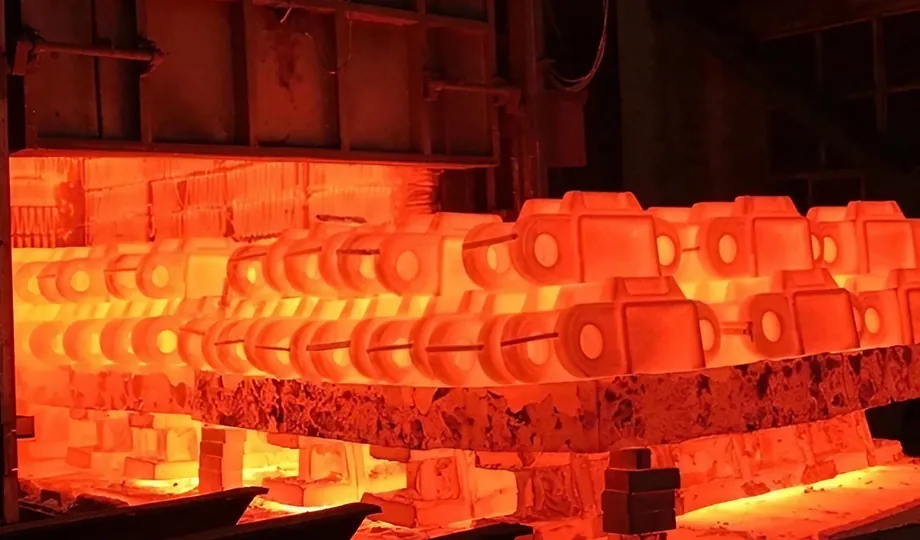
Applications Across Industries
Sand casting is used extensively in various industries:
Automotive: Producing complex aluminum engine blocks and transmission cases, optimizing vehicle weight without compromising strength.
Aerospace: Manufacturing critical components such as titanium landing gear parts, maintaining structural integrity under extreme conditions.
Energy: Creating durable iron hubs and nacelle frames for wind turbines, with significant cost reductions compared to alternative methods.
Environmental Impact and Sustainability
The sand casting industry has made strides toward sustainability, addressing challenges related to used sand disposal and emissions from binders. Innovations include:
Organic Binders: Reducing hazardous emissions by approximately 50%.
Recycling: Reclaiming and reusing up to 95% of sand, minimizing waste and raw material demand.
Energy Efficiency: Implementing energy-efficient melting operations to decrease consumption and carbon emissions.
Future Prospects
The future of sand casting in high-tech manufacturing looks promising, with emerging technologies driving further improvements:
3D Printing: Revolutionizing mold creation with precision and speed, reducing lead times by up to 50%.
Automation and Robotics: Enhancing efficiency and consistency, reducing labor costs, and minimizing human error.
Industry 4.0: Implementing real-time process monitoring, predictive analytics, and simulation tools to optimize production.
Conclusion
Sand casting, an ancient yet continually evolving process, remains integral to modern manufacturing. With ongoing innovations and a focus on sustainability, sand casting is set to retain its relevance and expand its applications across various high-tech industries. As foundries embrace new technologies and practices, sand casting will continue to be a cornerstone of metalworking for years to come.
Why Choose SAIVS™ as Your Supplier?
1.Superb Quality Control Management
At SAIVS, we take pride in our perfect quality management systems and procedures, which guarantees the excellent performance of all our producs, being a professional Investment Casting | Die Casting| Sand Castingmanufacturer in China.
2.Rich Production Experience
With 20 years of experience in production, SAIVS has a deep understanding of the market and trends, and strives for continuous research and innovation. This has created advantages in both the product's performance and appearance.
3.Competitive Prices
As a Chinese factory committed to becoming the most cost-effective Investment Casting | Die Casting| Sand Castingexporter in China, SAIVS provides high-quality products at advantageous prices. By lowering costs and increasing efficiency, we ensure that our customers receive the best possible value for their investment.
4.Perfect After-sales Service
At SAIVS, we strive to provide superior customer service that meets and exceeds expectations. We are always available for any questions or concerns you may have, and we stand by our commitment to providing excellent after-sales support.
Related Posts
-
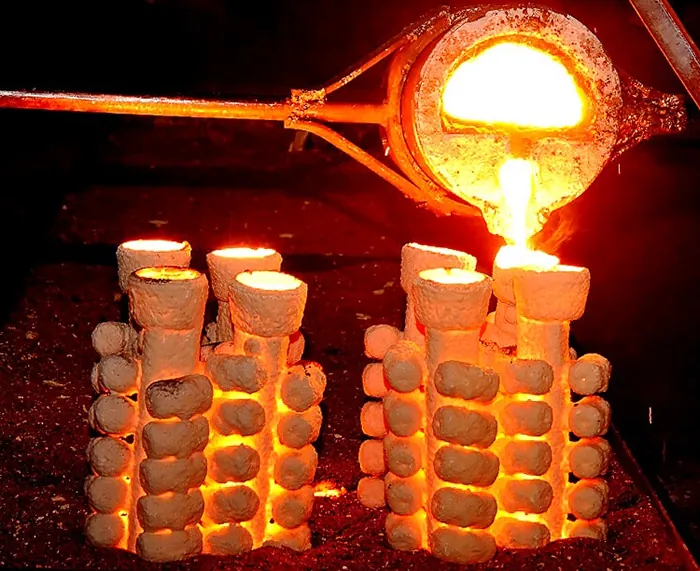
Repairing Defects in Investment Castings
From the defect causes to repair methods, a comprehensive analysis of investment casting defects repair knowledge, help you to understand the casting process.
-
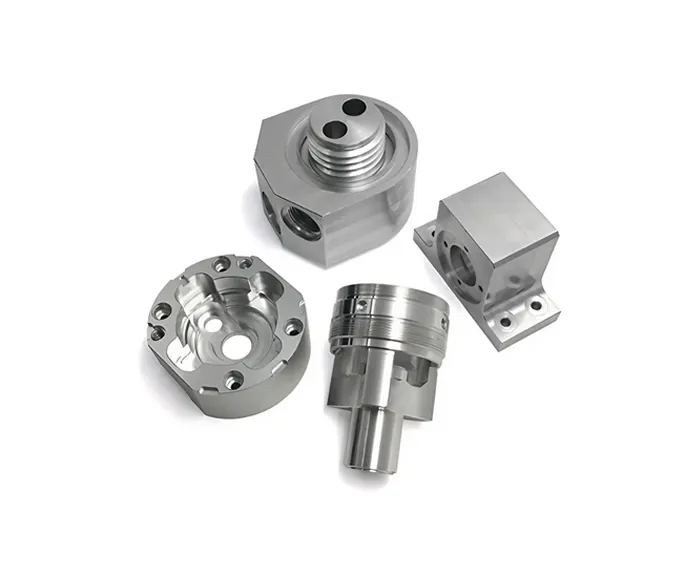
Experience the SAIVS Difference in CNC Machining Excellence
IntroductionCNC machining, or computer numerical control machining, is a process that uses computer-controlled tools to cut or shape materials. CNC machining is...
-
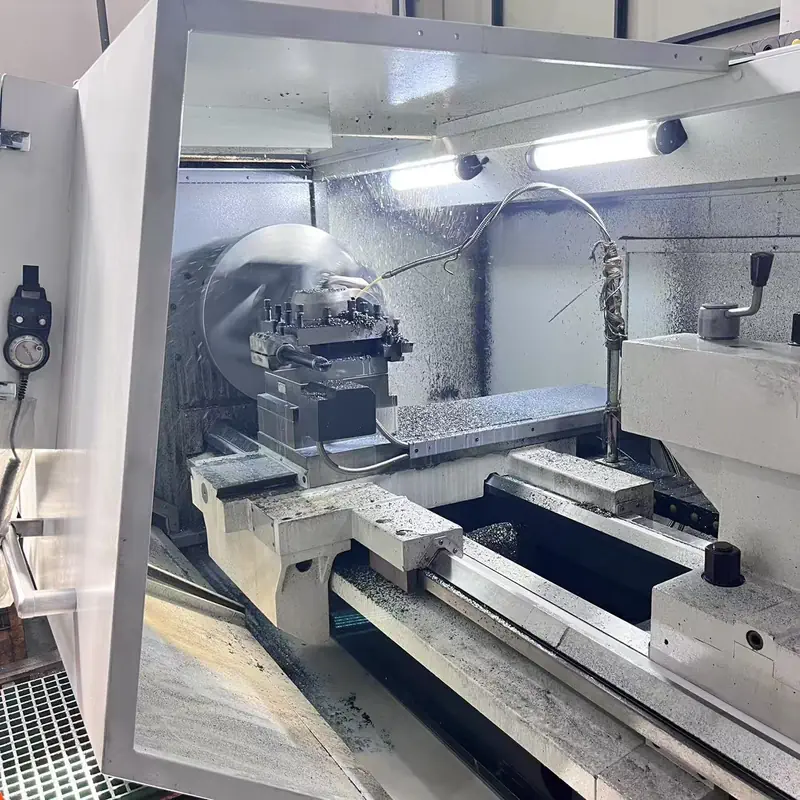
Automatic Deburring Technology in Die Casting: Improving Efficiency and Product Quality
Introduction to Automatic Deburring in Die CastingDie casting is a high-efficiency metal forming process widely used for aluminum alloy parts in automotive
-
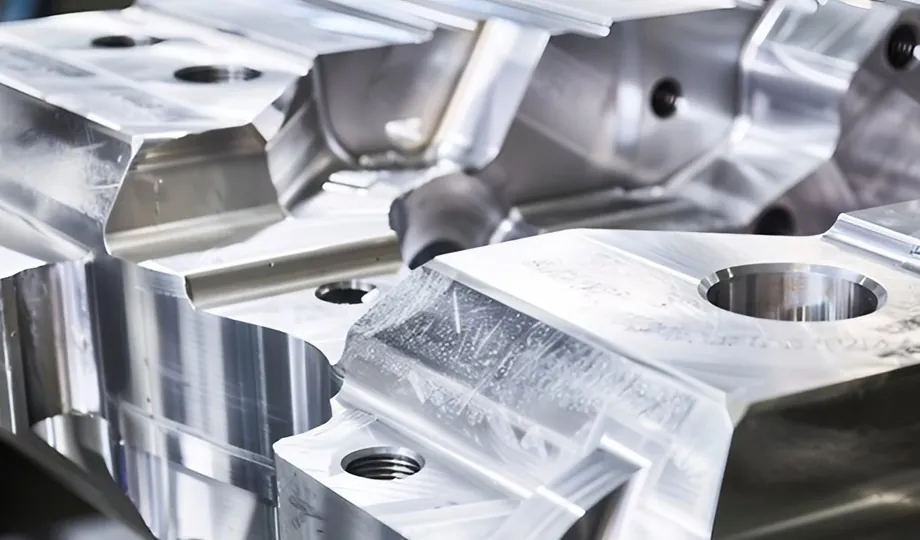
The Six Key Benefits of Lost Foam Casting
In the ever-evolving landscape of manufacturing, selecting the right casting method is crucial for efficiency and cost-effectiveness. Lost foam casting has
-
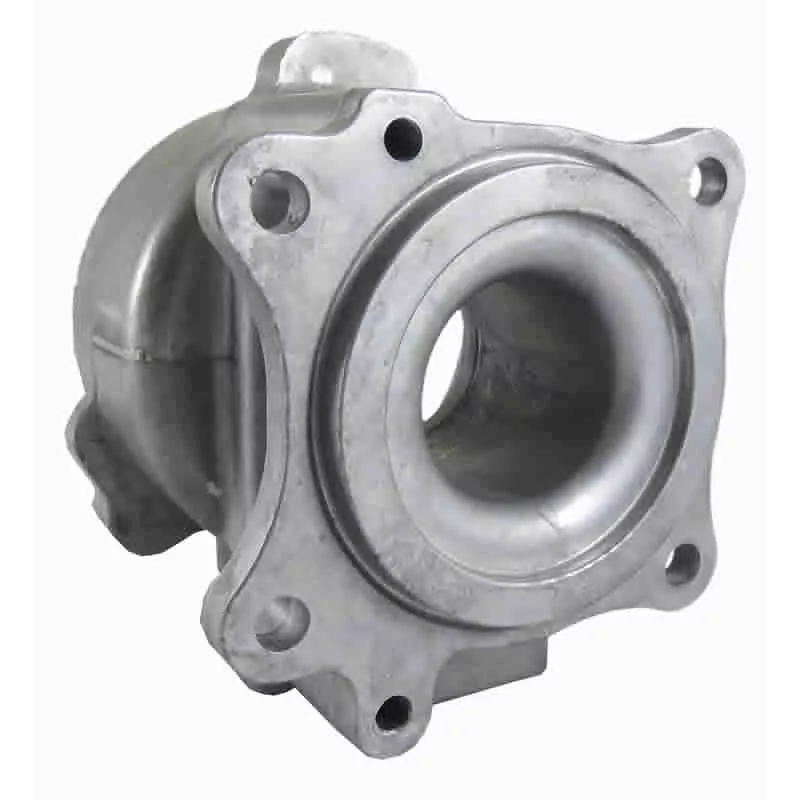
Gravity Casting of Metals
Gravity Casting Solves Sand Holes Theoretical Principle 1:Porosity and oxidation inclusion are produced by die casting because of the high injection speed. The ...
-
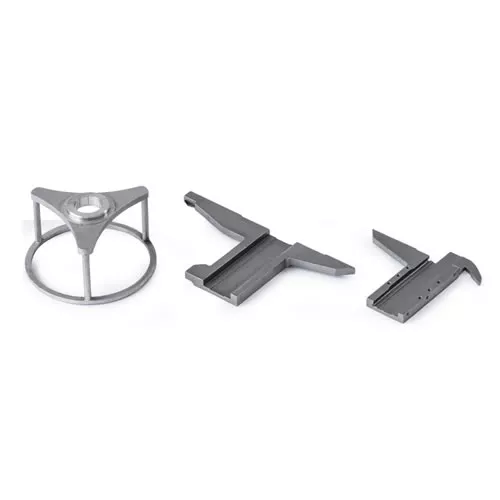
A Comprehensive Guide to Customized Food Machinery Parts: Manufacturers, Suppliers, and Prices
People are often interested in a variety of parameters and information when searching for Food Machinery Parts that are customized, factory-made, and available ...

